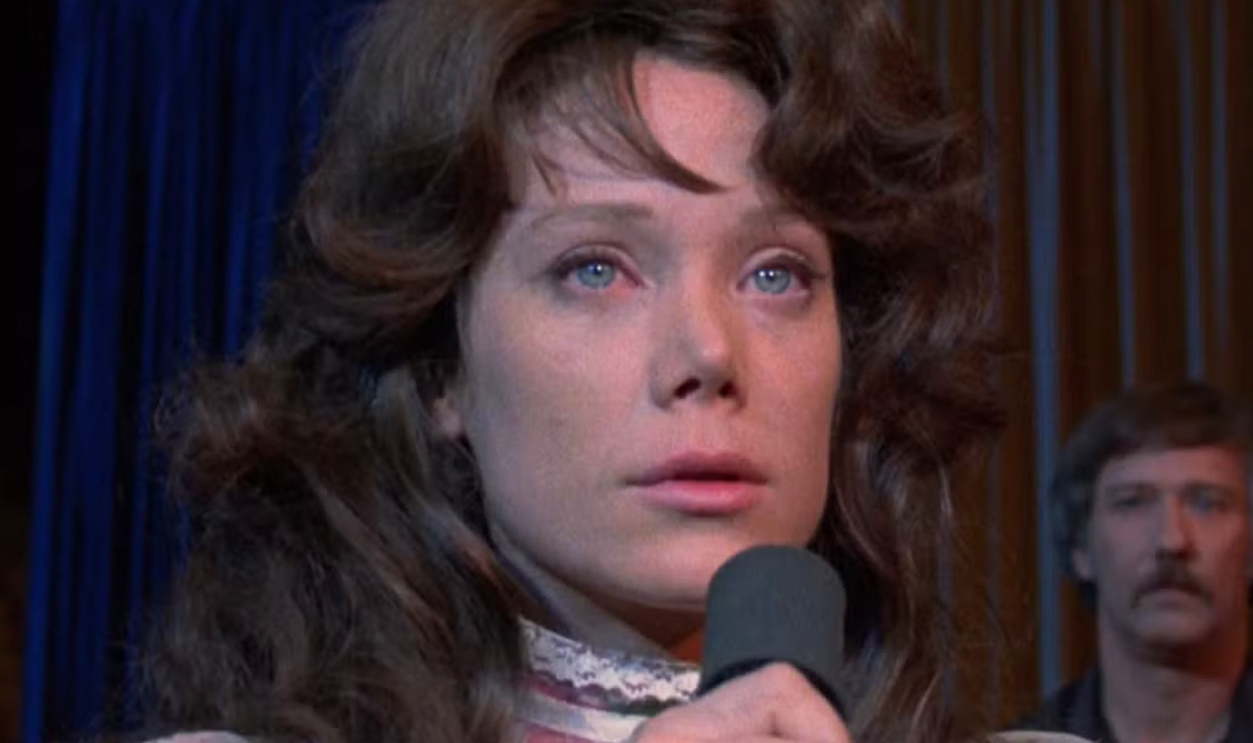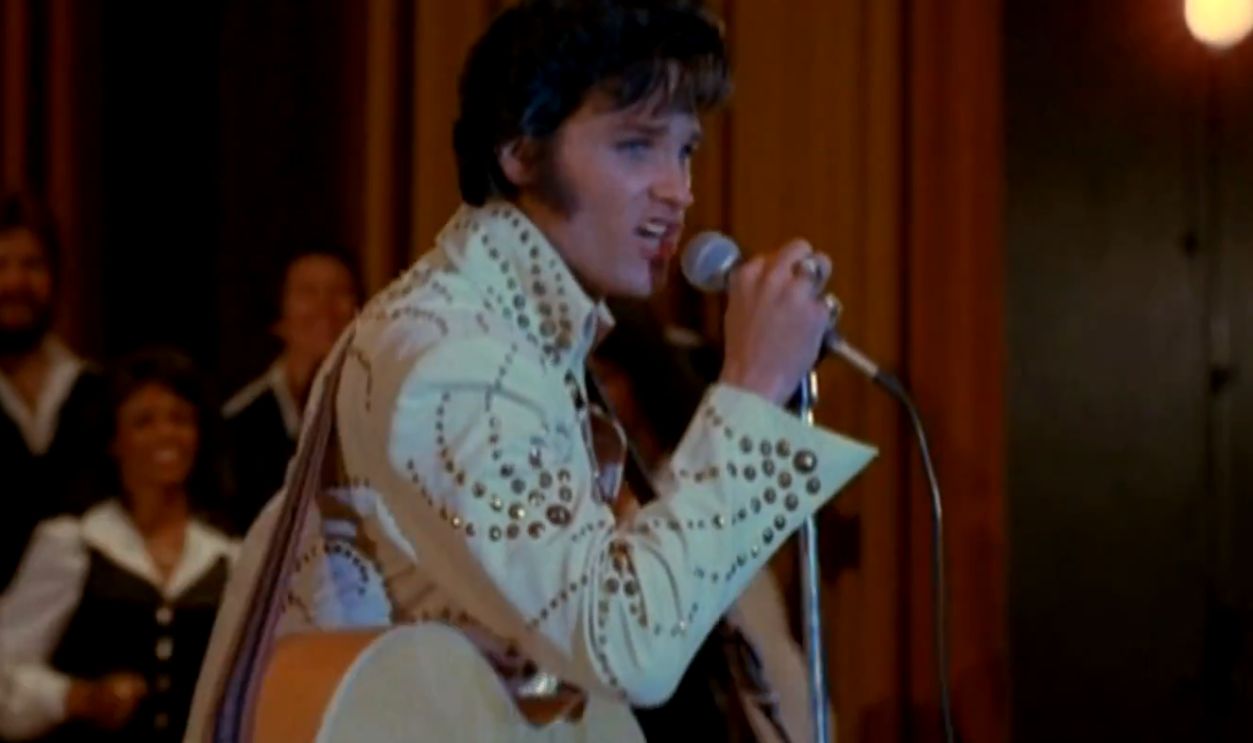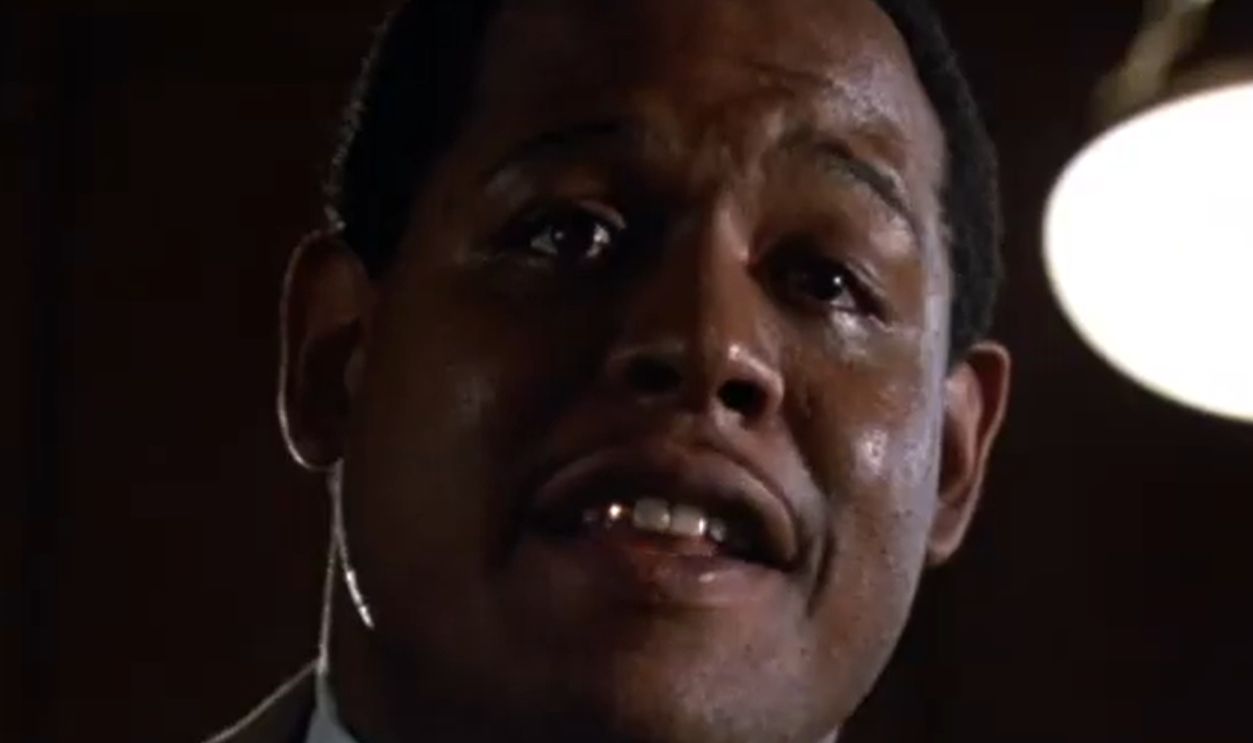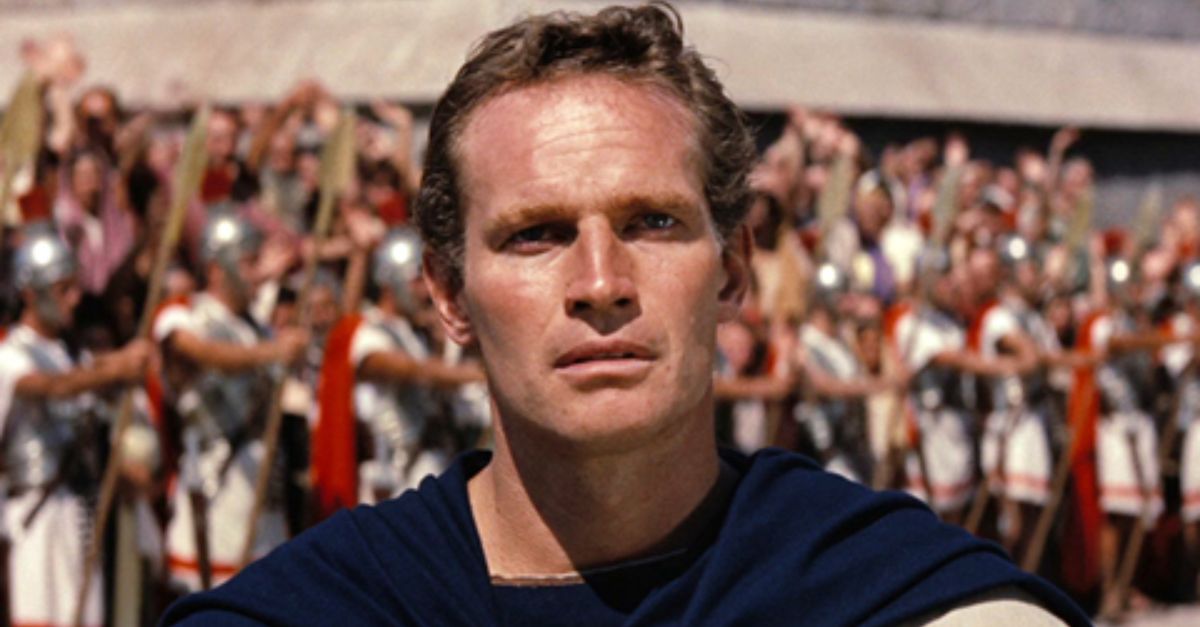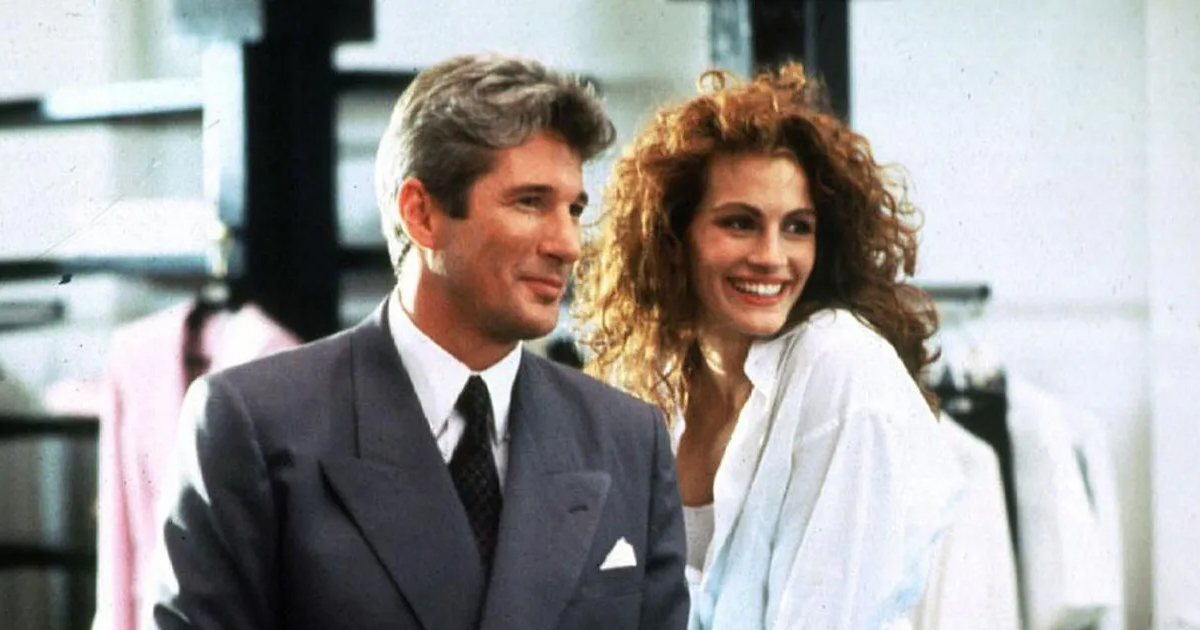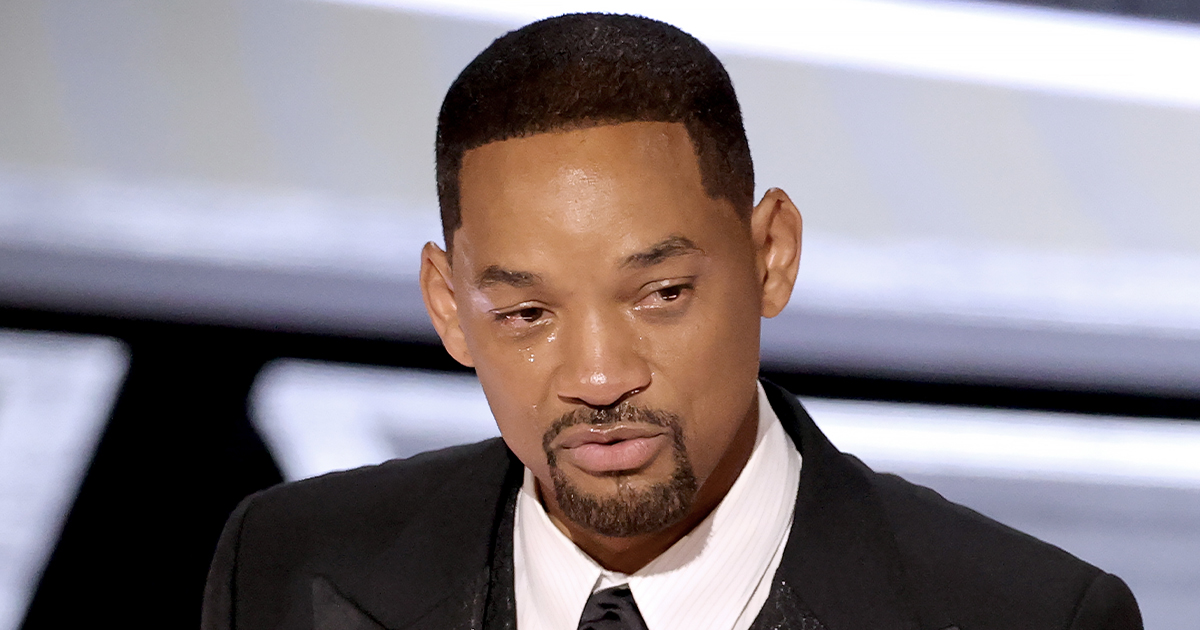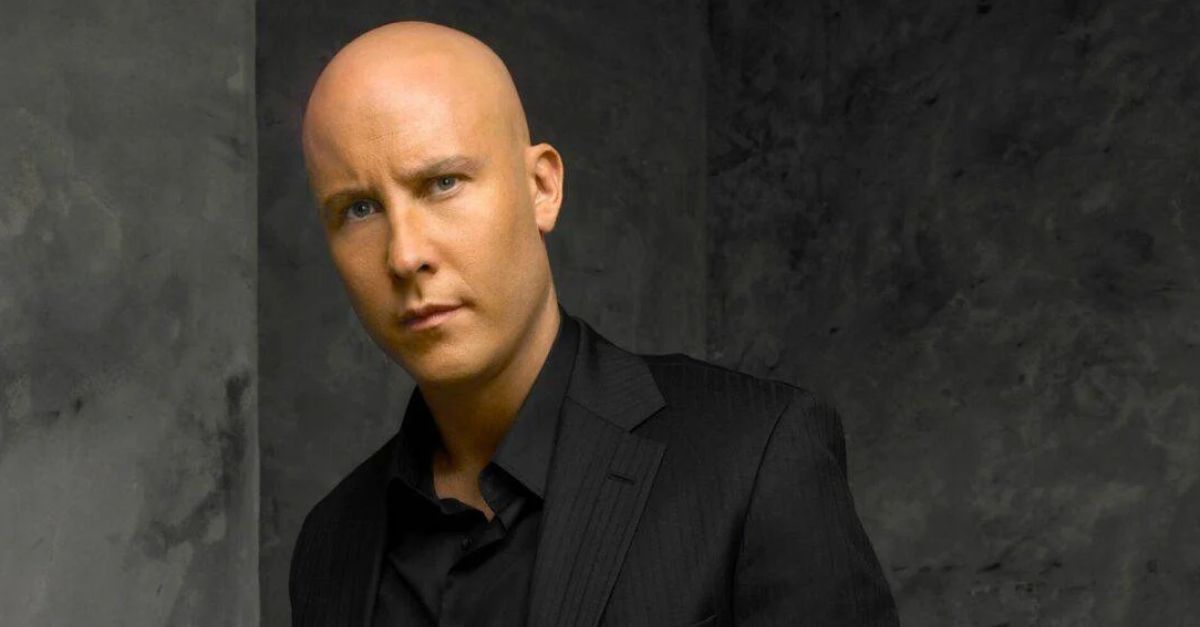Turn It Up: When Music Biopics Get It Right
Music biopics are tricky. You have to capture the sound, the swagger, the mess, and the magic without turning real lives into cheesy karaoke. From classical legends to hip-hop pioneers, stadium gods, and cult heroes, these 30 musical biopics actually stick the landing.
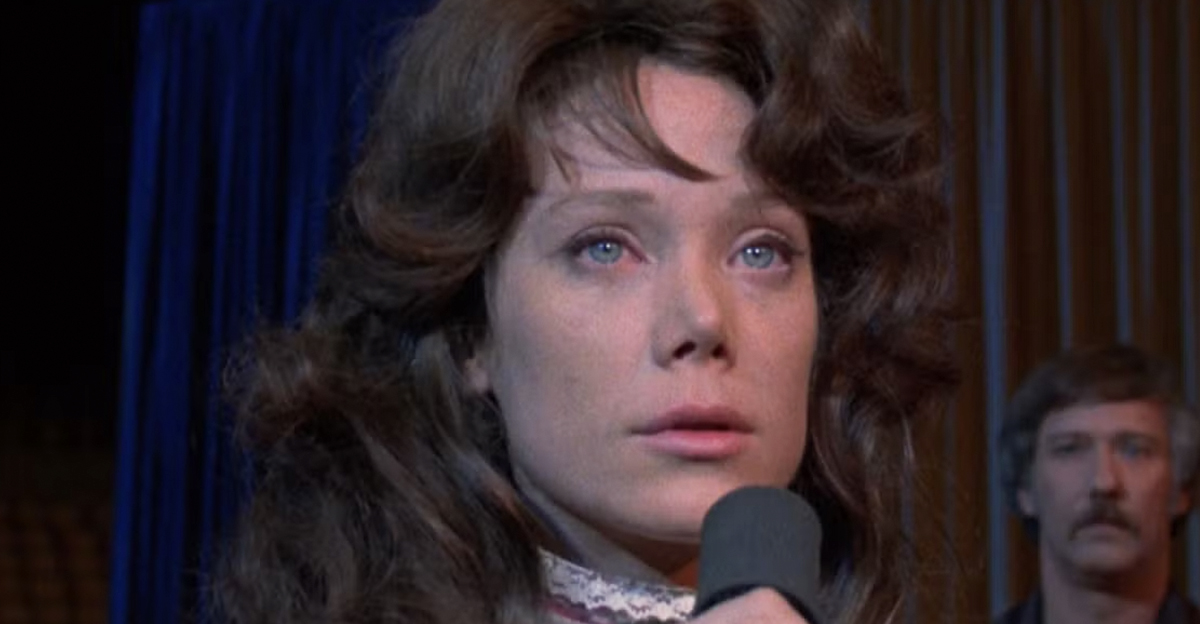
Selena (1997)
Jennifer Lopez gives a breakout performance as Tejano superstar Selena Quintanilla, bringing warmth, humor, and stage charisma to a story that still stings. The film celebrates family, hustle, and a cross-cultural sound that moved arenas. It honors Selena’s legacy while showing how fame, community, and identity intertwined in her rise.
Ray (2004)
Jamie Foxx does not imitate Ray Charles, he inhabits him, from the piano phrasing to the swagger and vulnerabilities. The film tracks Charles’s hard-won artistry alongside addiction, business savvy, and boundary-breaking genre blends. Foxx’s turn earned him the Oscar for Best Actor, and the movie set a high bar for musician biopics.
 Universal Pictures, Ray (2004)
Universal Pictures, Ray (2004)
Notorious (2009)
A vivid snapshot of Christopher Wallace’s short, seismic run as The Notorious B.I.G., this one leans into the craft and contradictions. The music hits, the Brooklyn world feels lived-in, and the film shows how talent, loyalty, and pressure collided. It honors the artist without sanding off the edges that shaped him.
 Fox Searchlight Pictures, Notorious (2009)
Fox Searchlight Pictures, Notorious (2009)
The Runaways (2010)
Part coming-of-age story, part music-industry cautionary tale, this captures the spark and fallout of a revolutionary teenage rock band. Kristen Stewart’s coolly controlled Joan Jett and Dakota Fanning’s vulnerable Cherie Currie give the music grit and heart. It nails the grind of image-making and the cost of early fame.
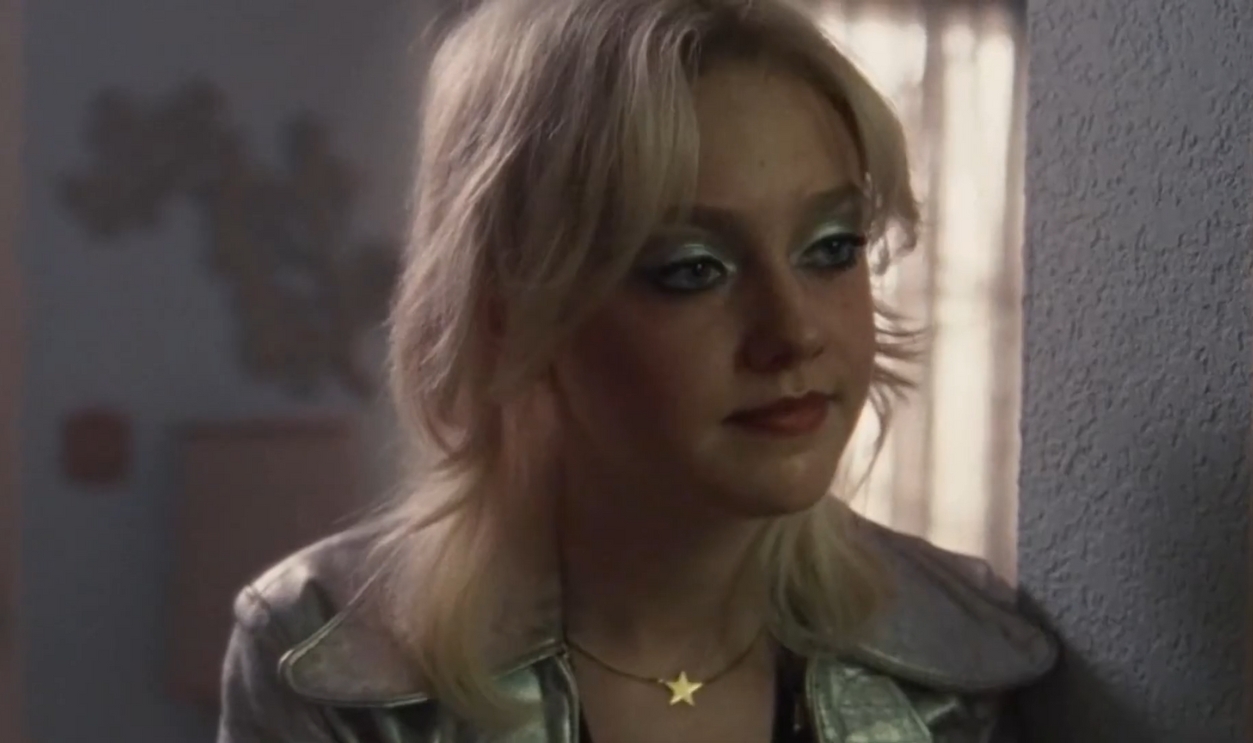 Summit Entertainment, The Runaways (2010)
Summit Entertainment, The Runaways (2010)
La Vie En Rose (2007)
Marion Cotillard’s Edith Piaf is unforgettable, a performance that swings from ferocious to fragile as it traces the Little Sparrow’s bruised brilliance. The film skips strict chronology to follow emotional truth, letting songs bloom from memory. Cotillard’s work earned her the Academy Award for Best Actress for this French-language performance.
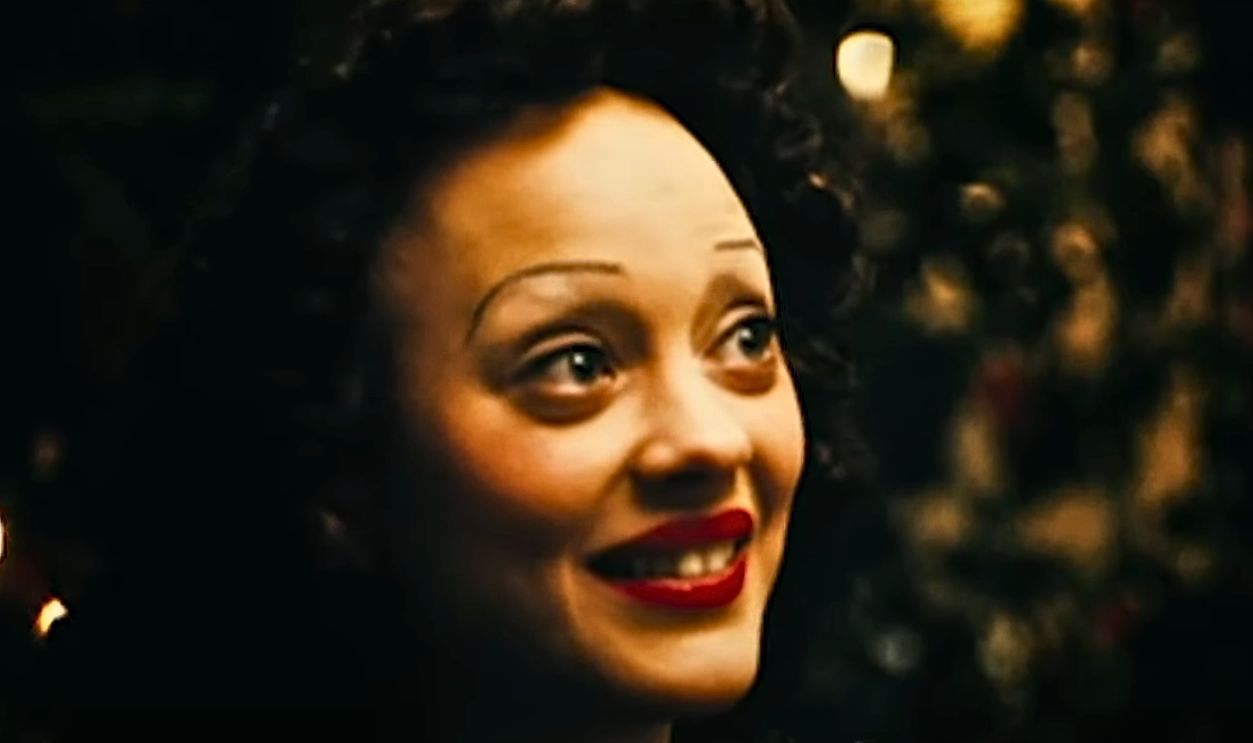 TF1 International, La Vie en Rose (2007)
TF1 International, La Vie en Rose (2007)
What’s Love Got To Do With It (1993)
Angela Bassett and Laurence Fishburne power a fierce, clear-eyed portrait of Tina Turner’s survival and reinvention. The movie highlights the work behind the voice: the years of abuse, the breakthrough, the claim to her own name and sound. It is as much about self-definition as it is about hits.
 Touchstone Pictures, What’s Love Got to Do with It (1993)
Touchstone Pictures, What’s Love Got to Do with It (1993)
Behind The Candelabra (2013)
Michael Douglas and Matt Damon deliver an intimate, glitzy, and ultimately bruising look at Liberace’s private life behind the rhinestones. The film balances showmanship with the quiet negotiations of love, money, and image. It treats camp and craft with equal seriousness, and the performances sparkle without losing bite.
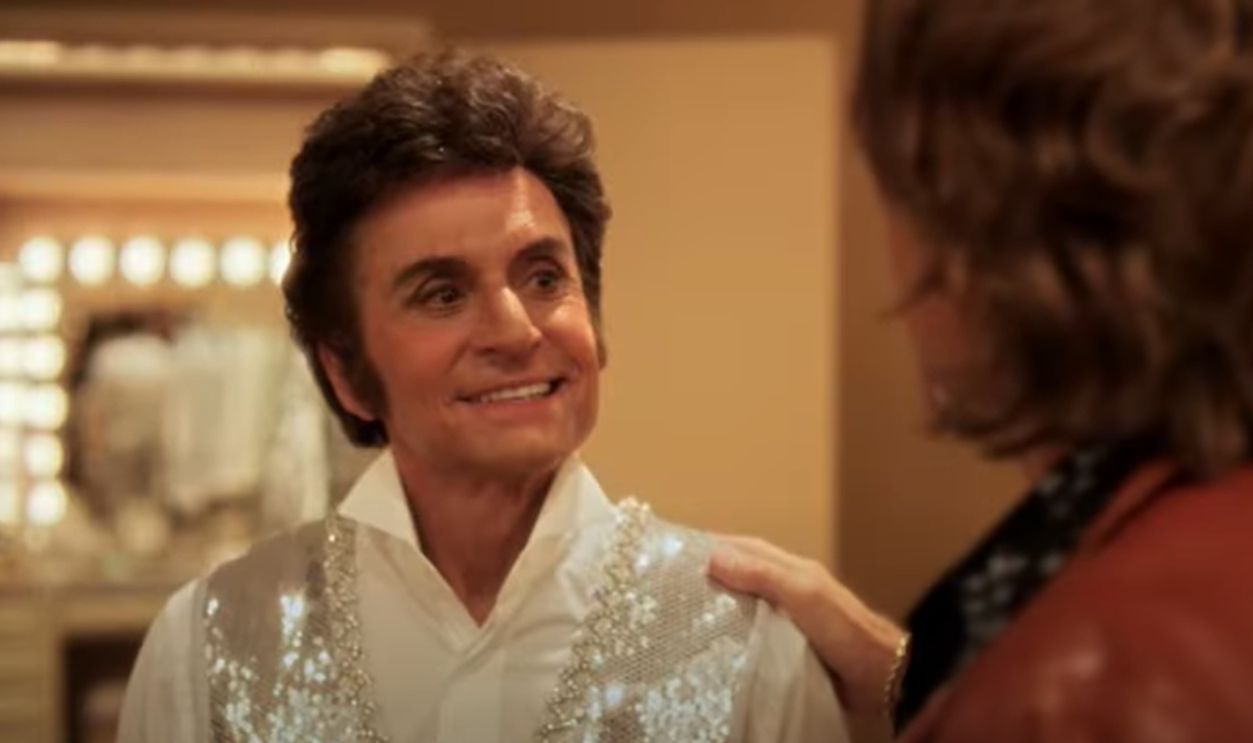 HBO Films, Behind the Candelabra (2013)
HBO Films, Behind the Candelabra (2013)
8 Mile (2002)
Semi-autobiographical but fully cinematic, 8 Mile nails the anxiety and adrenaline of freestyle battles and the grind of blue-collar Detroit. Eminem’s restrained acting and explosive stage energy sell the underdog climb, while “Lose Yourself” turned into an anthem for every dreamer who has ever choked and tried again.
 Universal Pictures, 8 Mile (2002)
Universal Pictures, 8 Mile (2002)
Coal Miner’s Daughter (1980)
Sissy Spacek’s Loretta Lynn feels utterly lived-in, from holler roots to Grand Ole Opry glory. The film respects country music’s working-class poetry and shows how Lynn wrote her life into songs. It is tender about marriage and motherhood while celebrating a writer who broke rules with plainspoken force.
 Universal Pictures, Coal Miner’s Daughter (1980)
Universal Pictures, Coal Miner’s Daughter (1980)
Lisztomania (1975)
Ken Russell turns Franz Liszt’s celebrity into a wild pop fantasia, leaning into the hysteria, sex appeal, and spectacle that surrounded the pianist. This is not a history lesson. It is a cartoon-opera about fandom and image that still feels weirdly modern in its take on the star machine.
 Warner Bros., Lisztomania (1975)
Warner Bros., Lisztomania (1975)
Walk The Line (2005)
Joaquin Phoenix and Reese Witherspoon make Johnny and June’s love story the film’s beating heart, as music becomes salvation and temptation. The concert sequences feel raw, the addiction battle feels real, and the chemistry sells everything. It is a portrait of partnership as much as a legend’s origin.
 20th Century Fox, Walk the Line (2005)
20th Century Fox, Walk the Line (2005)
Backbeat (1994)
Before Beatlemania, there was Hamburg: long nights, loud amps, and a tight knot of friends and lovers. Backbeat spotlights Stuart Sutcliffe and the early Lennon-Sutcliffe-Astrid triangle, shaping a mood piece about art, youth, and reinvention. The soundtrack’s punk-leaning house band gives the period an electric jolt.
 The Rank Organisation, Backbeat (1994)
The Rank Organisation, Backbeat (1994)
Love & Mercy (2014)
A rare dual-timeline biopic that actually works. Paul Dano captures Brian Wilson’s Pet Sounds-era genius and isolation, while John Cusack plays the older Wilson fighting his way back to himself. The film is empathetic about mental health and specific about sound, turning studio experimentation into drama.
 Lionsgate, Love & Mercy (2014)
Lionsgate, Love & Mercy (2014)
Amadeus (1984)
Miloš Forman’s operatic duel between Salieri and Mozart is juicy fiction packed with musical truth. The performances, staging, and sly humor make classical composition feel immediate and human. It is less biography than meditation on jealousy, talent, and the price of grace, and it plays like a greatest-hits concert.
 Orion Pictures, Amadeus (1984)
Orion Pictures, Amadeus (1984)
Straight Outta Compton (2015)
More than a jukebox rise-and-fall, this is a sharp, kinetic portrait of N.W.A as artists shaped by and pushing back against their moment. The performances land, the production stories fascinate, and the film shows how business, friendship, and politics collide when a new sound hits the streets.
 Universal Pictures, Straight Outta Compton (2015)
Universal Pictures, Straight Outta Compton (2015)
The Doors (1991)
Val Kilmer channels Jim Morrison with an eerie intensity that turns the film into a trance. Oliver Stone leans into myth and excess while still letting the music breathe. Even when it embellishes, the movie nails the ritual of performance and the danger of believing your own legend.
 TriStar Pictures, The Doors (1991)
TriStar Pictures, The Doors (1991)
CrazySexyCool: The TLC Story (2013)
A lively, affectionate retelling that honors TLC’s joyful chemistry while digging into the industry battles that nearly broke them. It balances sisterhood with business, and the recreations of videos and performances are a blast. Most importantly, it lets each member be a person first and an icon second.
 The Come Up Show from Canada, CC BY 2.0, Wikimedia Commons
The Come Up Show from Canada, CC BY 2.0, Wikimedia Commons
The Pianist (2002)
Adrien Brody’s Władysław Szpilman survives the Warsaw Ghetto with nothing but instinct and a stubborn attachment to music. The performance is spare, the filmmaking is unsentimental, and the piano becomes a quiet act of resistance. It is less a traditional biopic than a testimony to art’s endurance under horror.
Control (2007)
Anton Corbijn, who photographed Joy Division, directs Ian Curtis’s story in stark black and white that mirrors the band’s austere sound. Sam Riley gives Curtis a moving, interior life, and the film lets domestic strain sit beside onstage transcendence. It is a heartbreak, but it listens closely.
 The Weinstein Company, Control (2007)
The Weinstein Company, Control (2007)
Round Midnight (1986)
Dexter Gordon, a jazz giant, plays a jazz giant, and the result is mellow, melancholy, and deeply authentic. The film floats through smoky clubs and late-night confessions, exploring friendship, addiction, and the way music holds a life together. It is more vibe than plot, which is exactly right.
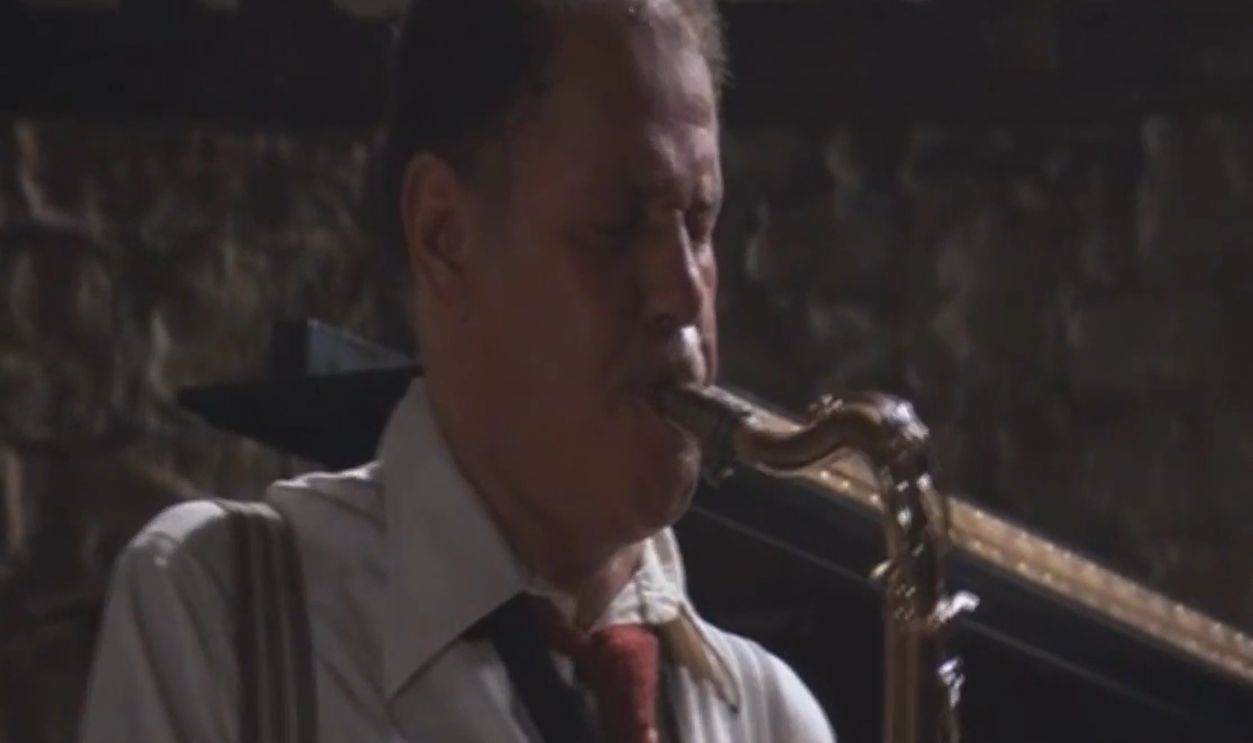 Warner Bros., Round Midnight (1986)
Warner Bros., Round Midnight (1986)
The Buddy Holly Story (1978)
Gary Busey sings the songs himself and captures Holly’s drive with ragged charm. The movie is straightforward but generous, honoring a songwriter who helped shape rock’s DNA before his life was cut short. It respects the craft and the thrill of those first riffs that changed everything.
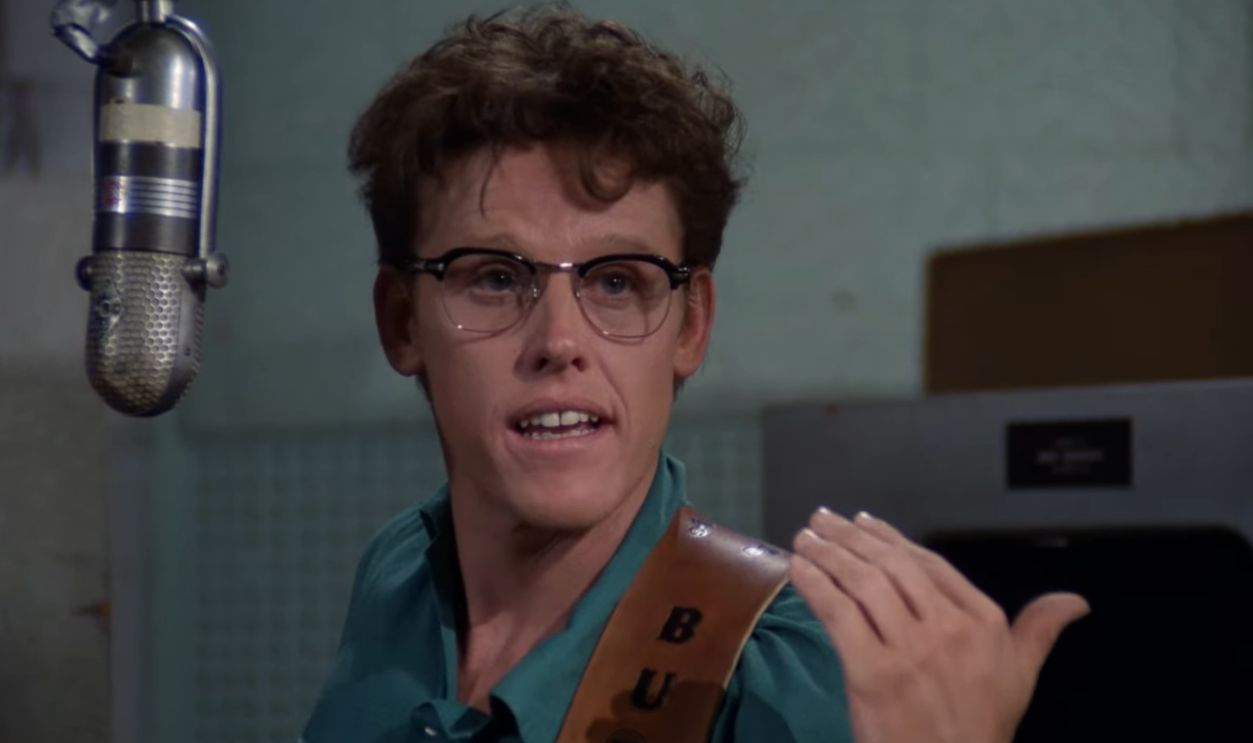 Columbia Pictures, The Buddy Holly Story (1978)
Columbia Pictures, The Buddy Holly Story (1978)
Get On Up (2014)
Chadwick Boseman’s James Brown is all movement, mystery, and control. The film plays with structure to match the music’s syncopation, shifting between childhood scars, bandstand glory, and business empire. It celebrates funk’s engine while showing the lonely calculus of a man who insisted on being The Hardest Working.
 Universal Pictures, Get On Up (2014)
Universal Pictures, Get On Up (2014)
La Bamba (1987)
Lou Diamond Phillips brings warmth and ache to Ritchie Valens, grounding the film in family and ambition. The music scenes soar, and the finale still devastates. It is a celebration of a Mexican-American pioneer whose career was brief but foundational to rock history. The soundtrack remains a banger.
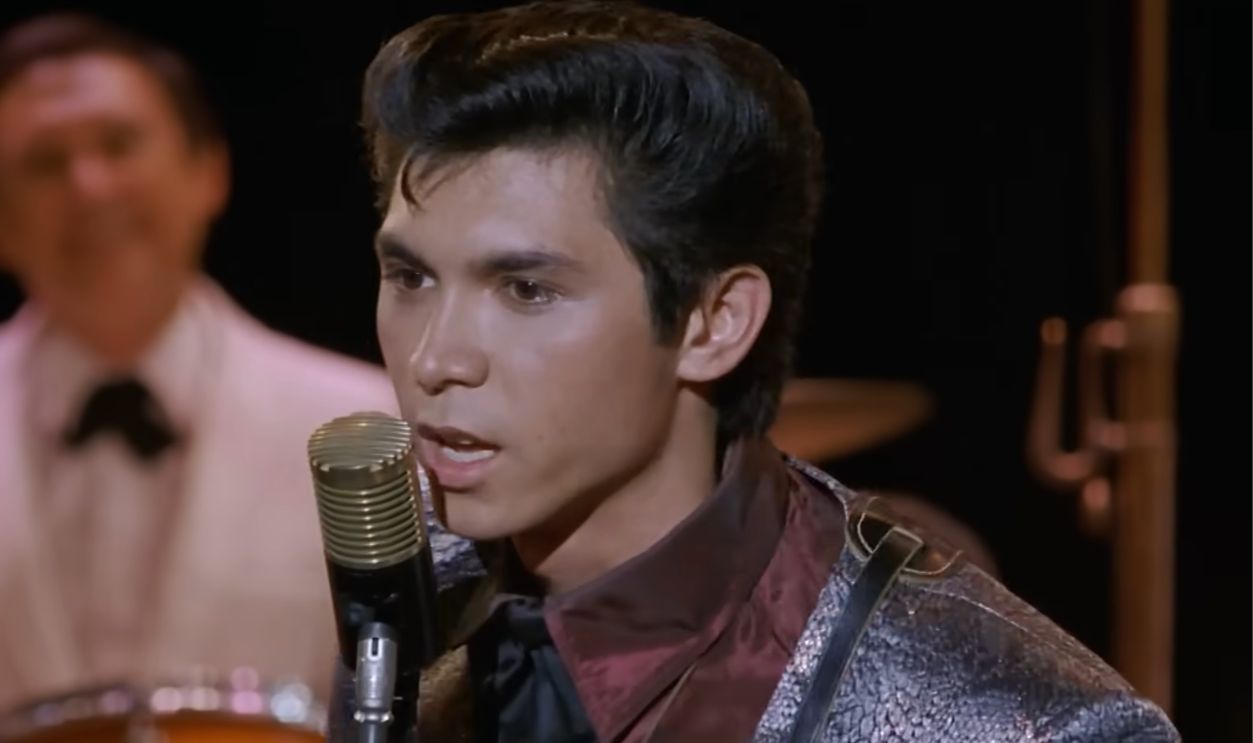 Columbia Pictures, La Bamba (1987)
Columbia Pictures, La Bamba (1987)
Last Days (2005)
Gus Van Sant’s elliptical riff on Kurt Cobain is quiet, fragmented, and deliberately evasive. It avoids myth-making in favor of mood, following a lost musician through empty rooms and fogged thoughts. Not a conventional biopic, but it is emotionally honest about talent dissolving under pressure.
 Picturehouse, Last Days (2005)
Picturehouse, Last Days (2005)
The Jacksons: An American Dream (1992)
This miniseries traces a family’s rise from Gary, Indiana, to Motown stardom, balancing triumph with the strain of relentless ambition. Performances capture the discipline behind the sparkle, and the staging of early hits has real electricity. It gives space to multiple perspectives, which suits a story this sprawling.
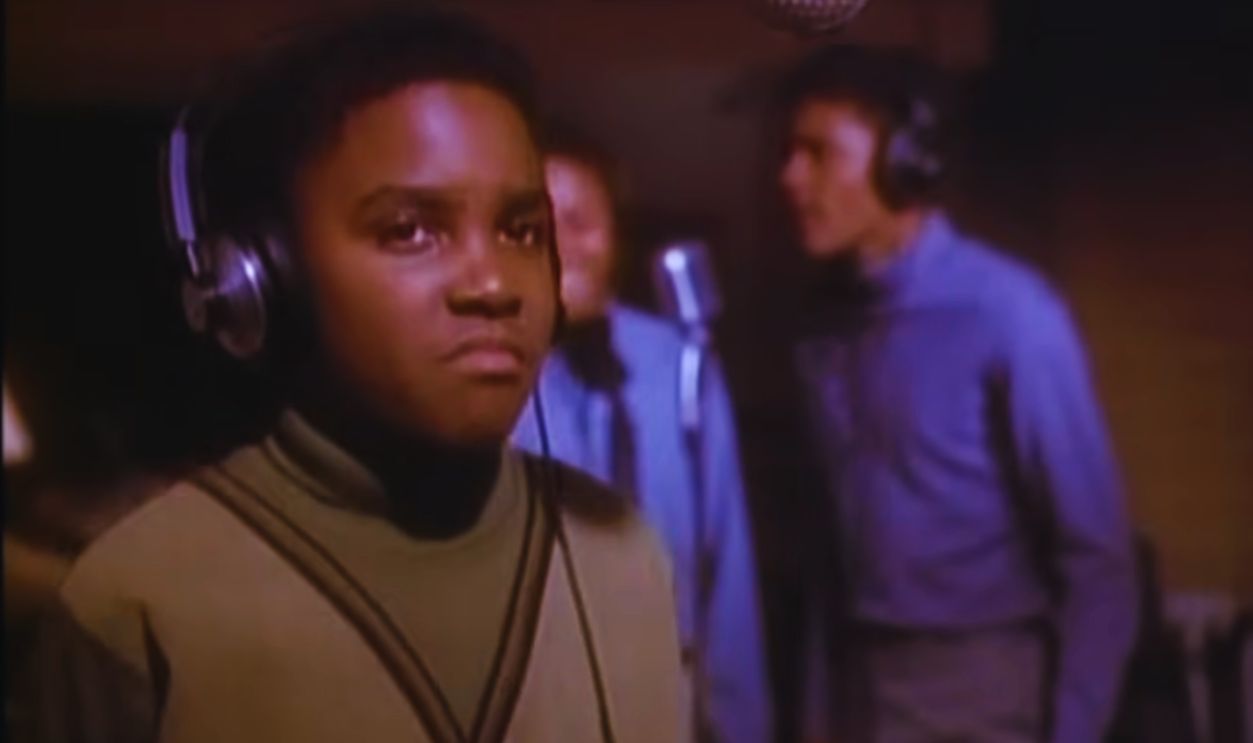 ABC, The Jacksons: An American Dream (1992)
ABC, The Jacksons: An American Dream (1992)
Bound For Glory (1976)
Hal Ashby’s portrait of Woody Guthrie is sun-bleached and restless, following a drifter who turned the country’s pain into songs. It is about labor, migration, and the politics of the folk tradition, with music as testimony rather than decoration. The train yards, fields, and union halls feel alive.
 United Artists, Bound for Glory (1976)
United Artists, Bound for Glory (1976)
Sid And Nancy (1986)
Gary Oldman’s Sid Vicious and Chloe Webb’s Nancy Spungen are chaotic and painfully human. Alex Cox steers clear of museum-piece punk, opting for a grimy love story about addiction and identity. It is brutal, sad, and strangely tender, and it refuses to glamorize the implosion.
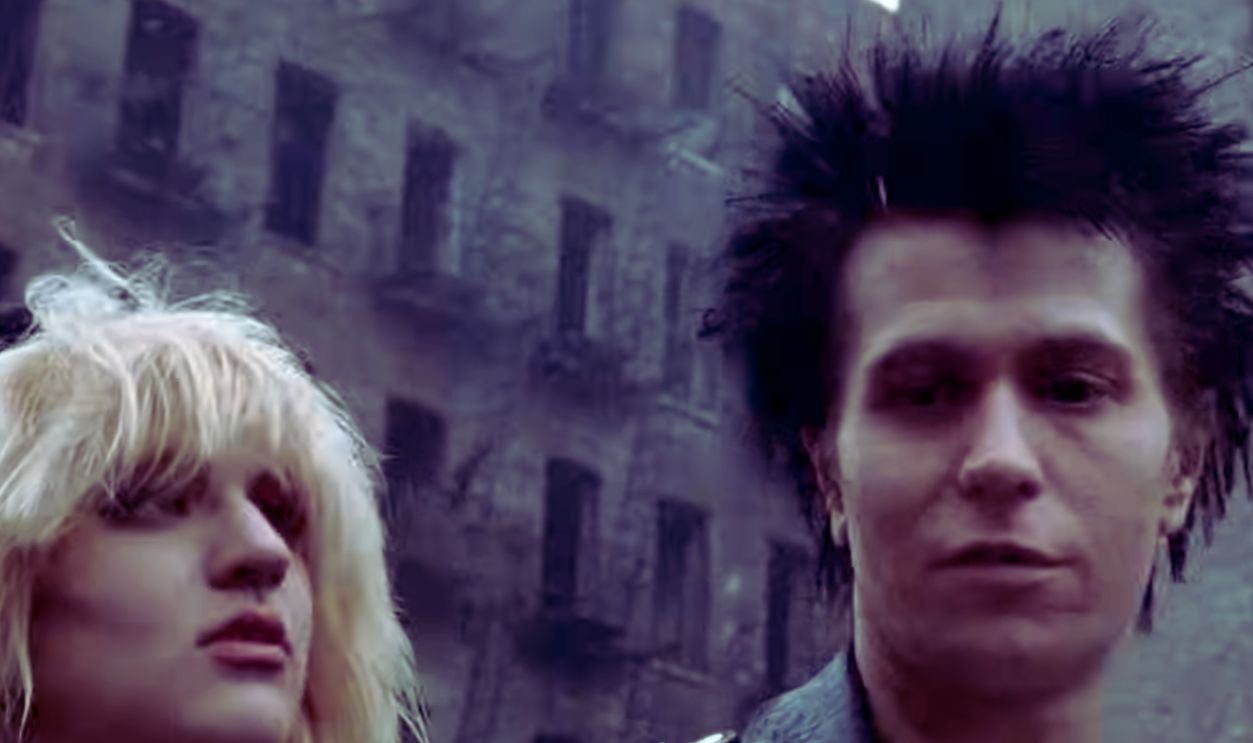 Metro-Goldwyn-Mayer, Sid and Nancy (1986)
Metro-Goldwyn-Mayer, Sid and Nancy (1986)
Elvis (1979)
John Carpenter’s television film lets Kurt Russell play Elvis with charisma and surprising delicacy. It focuses on the young star’s rocket ascent, his complicated bonds, and the machinery around a phenomenon. The concert recreations click, and the movie treats the icon as a working performer, not just a silhouette.
Bird (1988)
Clint Eastwood’s tribute to Charlie Parker is immersive and mournful, with Forest Whitaker’s performance moving between ferocity and fragility. The film leans into the music’s flow, letting bop solos become inner monologue. It respects Parker’s genius while being clear about the costs. The sound design is superb.
I’m Not There (2007)
Todd Haynes splits Bob Dylan into six personas, letting different actors explore different creative eras and masks. Cate Blanchett’s electric turn is the showstopper, but the whole collage feels right for an artist who resists definition. It is playful, slippery, and wonderfully tuned to the idea that the song is always changing.
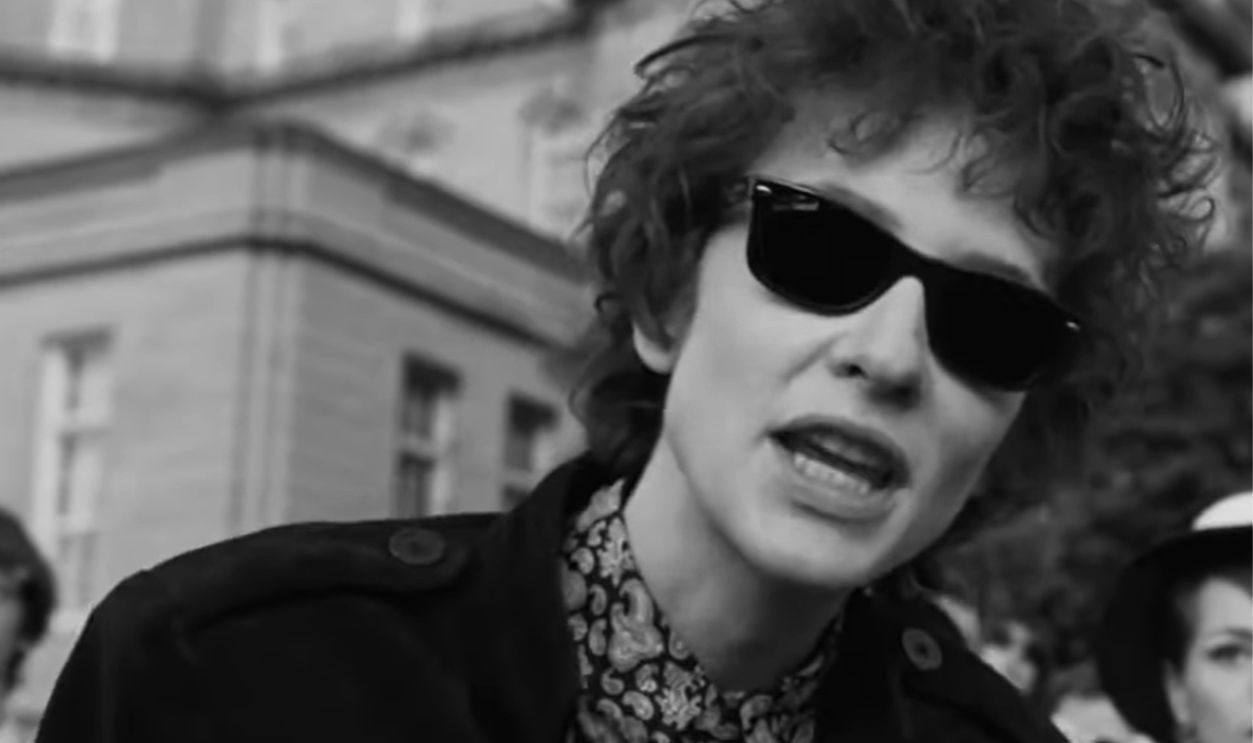 The Weinstein Company, I'm Not There (2007)
The Weinstein Company, I'm Not There (2007)
You May Also Like:
The Best Movie Musicals (And Some Of The Worst)
The Best Musical Episodes In TV History
Unwatchable Movies That Made The Mistake Of Casting Musicians As The Star

